Are you looking for a way to invigorate your body and start your day off on the right foot? Look no further than morning yoga! With just 10 minutes of your time, you can refresh your body, clear your mind, and set a positive tone for the rest of your day.
In this blog, we will explore the power of yoga, the benefits of starting your day with a yoga routine, and an easy 10-minute morning yoga sequence that anyone can do. Whether you’re a beginner or an experienced yogi, morning yoga is the perfect way to awaken your body and embrace a sense of calm and clarity. So, roll out your mat, take a deep breath, and let’s dive into the world of morning yoga!
Understanding the Power of Yoga
Yoga, often described as a practice that combines physical movement, breathwork, and meditation, has been around for centuries. Its transformative power lies in its ability to calm the mind, strengthen the body, and foster a deeper connection between the body, mind, and soul.
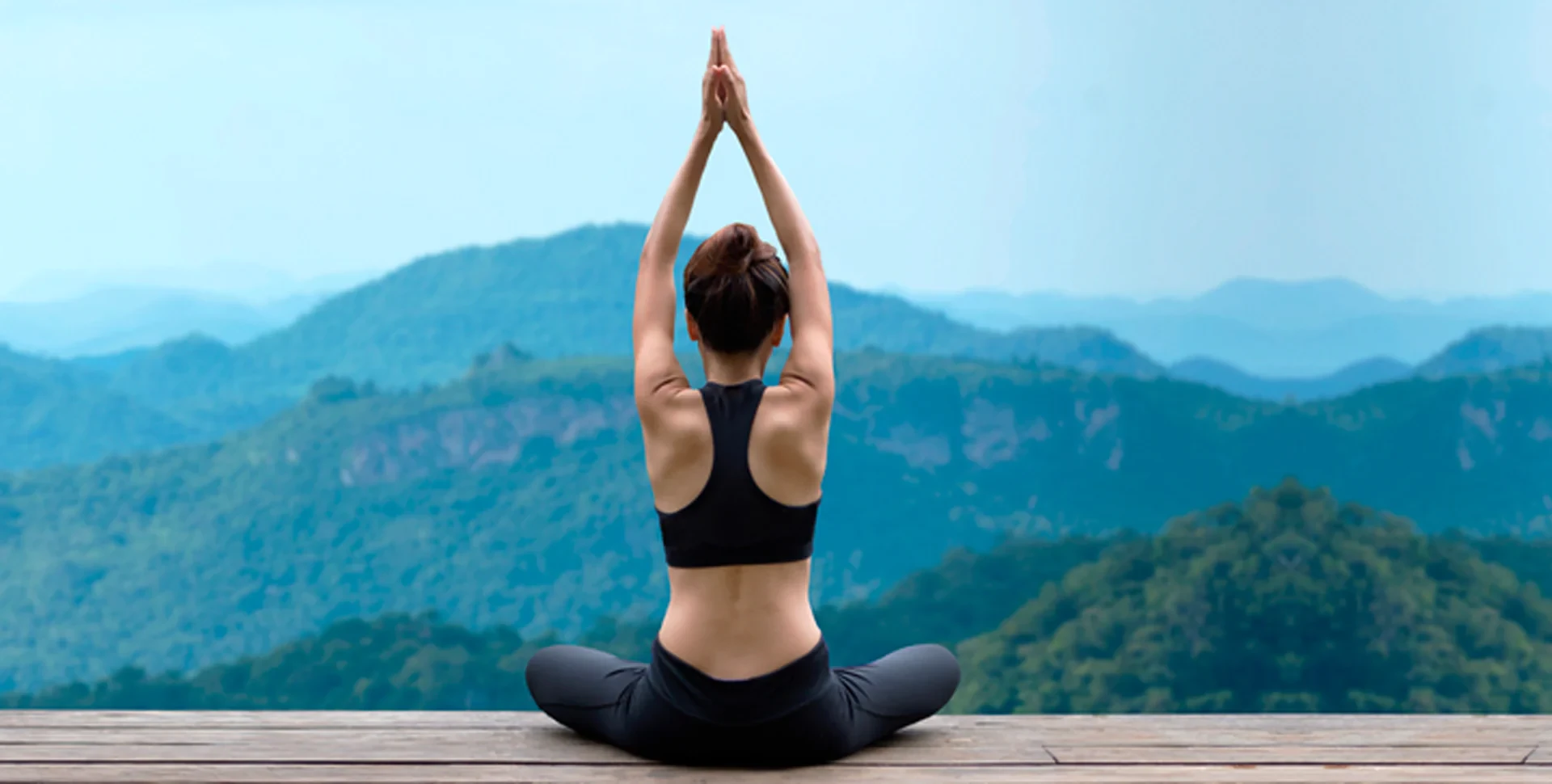
A regular yoga practice has numerous benefits, including improved flexibility, increased strength, enhanced posture, reduced stress, and improved overall well-being. Whether you’re new to yoga or have been practicing for years, incorporating yoga into your morning routine can have a profound impact on your day.
Why Practice Morning Yoga?
Have you ever noticed how the first thing you do in the morning sets the tone for the rest of your day? That’s where morning yoga comes in. Practicing yoga in the morning not only wakes up your body but also helps wake up your mind.
It’s a gentle way to transition from sleep to wakefulness, preparing your body and mind for the day ahead. Whether you have a busy day ahead or simply want to start your morning with intention, practicing yoga in the morning is a wonderful way to set a positive tone for your day.
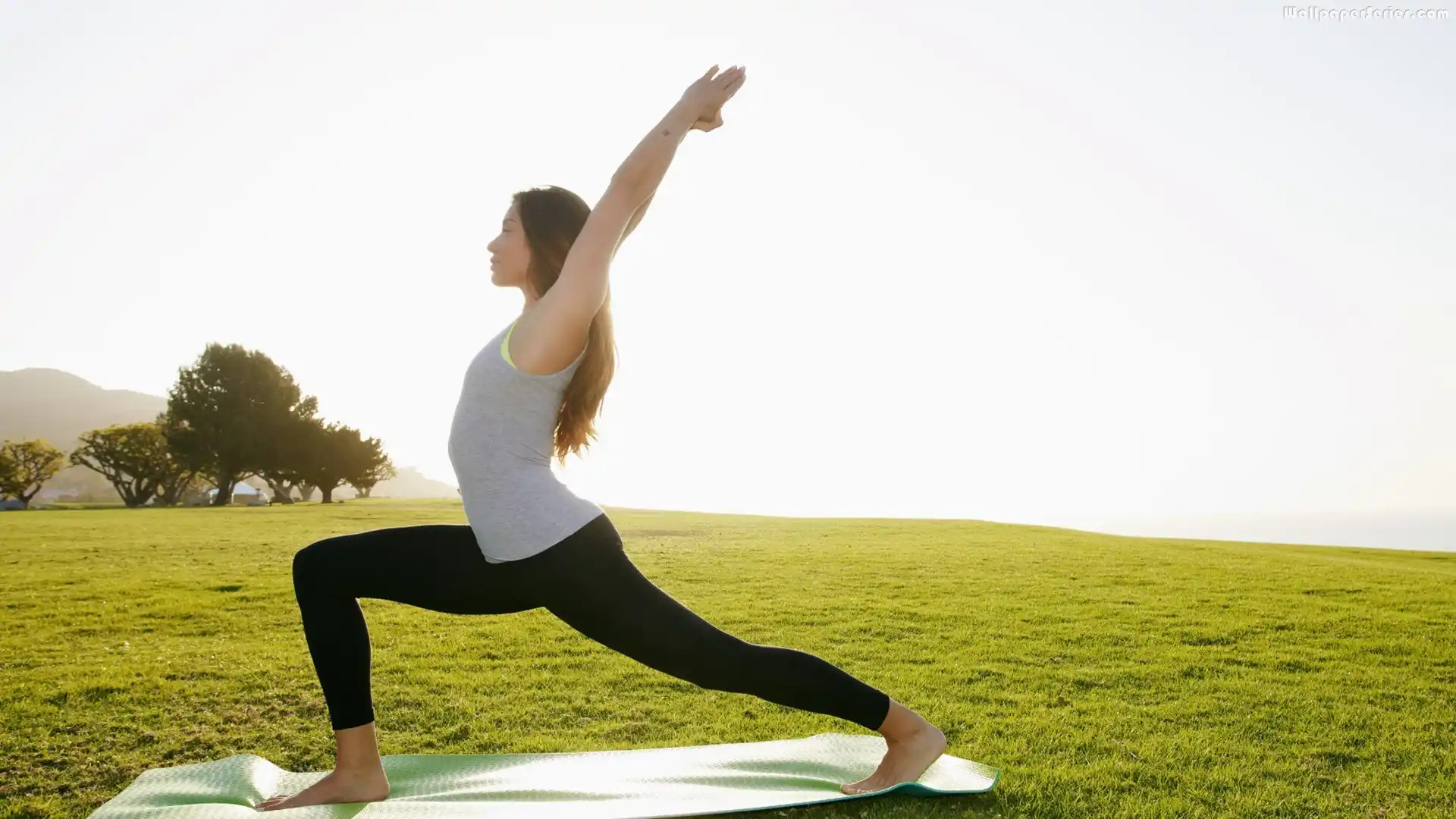
- Morning yoga routine initiates the day with a calm and focused mindset.
- Morning yoga practice helps improve energy levels and mental clarity.
- Morning yoga stretches awaken and invigorate the body for the day ahead.
- Morning yoga offers a peaceful start, setting a positive tone for the day.
- Morning yoga routine supports digestion, posture, and a healthy morning routine.
The Benefits of Starting Your Day with Yoga
Starting your day with a yoga routine has a multitude of benefits that can positively impact the rest of your day. A morning yoga practice helps increase flexibility, improve blood flow, boost energy levels, and enhance mental focus.
It also supports digestion, promotes good posture, and sets a positive tone for your morning routine. By giving your body and mind this dedicated time in the morning, you’re setting yourself up for a day of increased productivity, improved mood, and overall well-being.
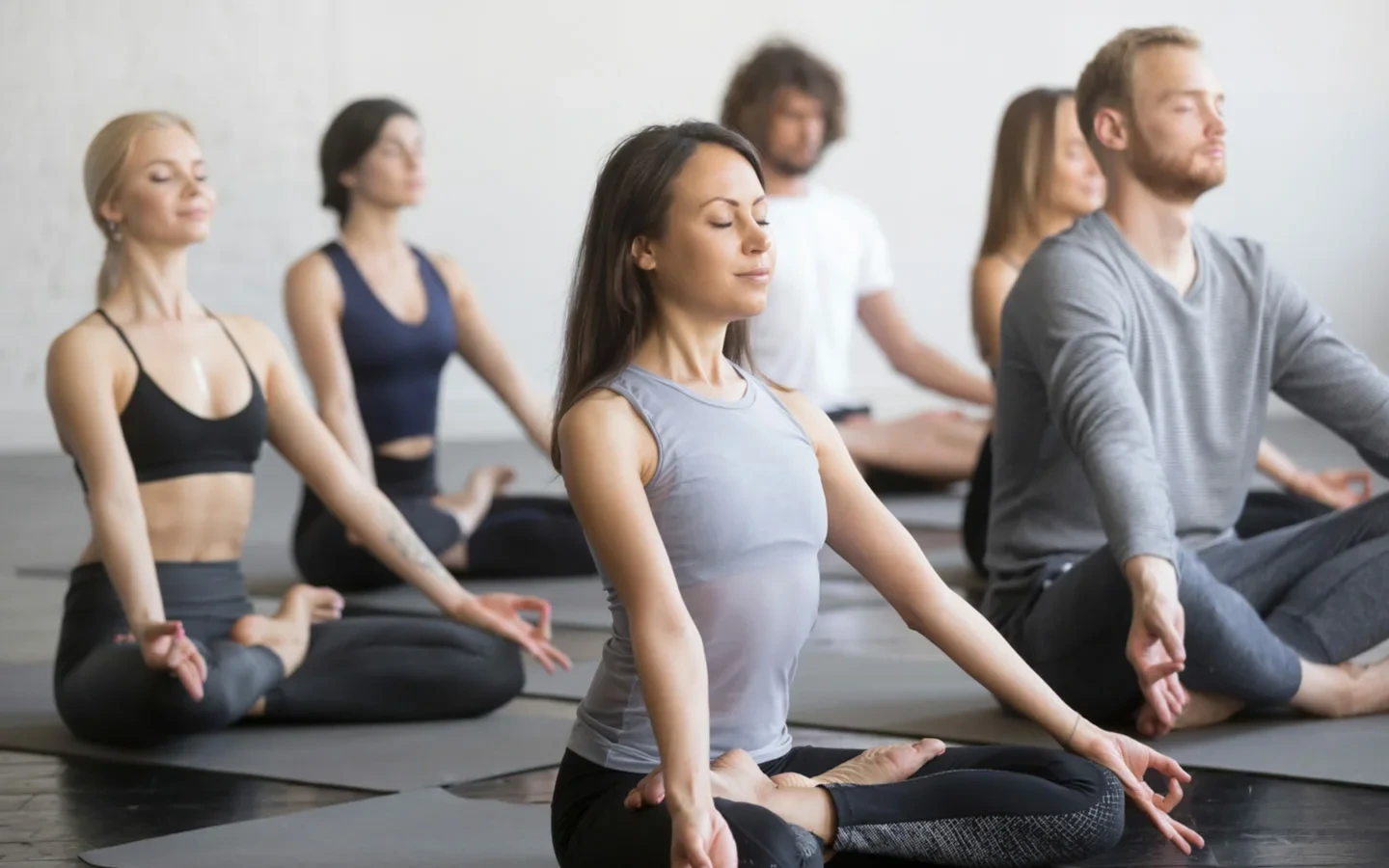
- Starting the day with yoga stretches increases flexibility and blood flow.
- Morning yoga routine boosts energy, alertness, and productivity throughout the day.
- Morning yoga practice relieves morning stiffness, enhancing body comfort.
- Morning yoga provides mental clarity, preparing you for the day’s tasks.
- Morning yoga stretches and poses promote a sense of balance and centeredness.
An Easy 10-Minute Morning Yoga Sequence
Now, let’s dive into an easy 10-minute morning yoga sequence that you can incorporate into your daily routine. Each yoga pose in this sequence is designed to awaken and invigorate your body, leaving you feeling refreshed and ready for the day. Remember, it’s important to listen to your body and modify any poses as needed. Grab your mat, find a quiet space, and let’s begin!

Tadasana – For Grounding Your Energy
Start your morning yoga practice with Tadasana, also known as Mountain Pose. This foundational pose is all about grounding your energy and finding presence in your body.
Stand tall with your feet hip-width apart, toes spread wide, and your weight evenly distributed. Engage your leg muscles, lengthen your spine, and roll your shoulders back and down.
Inhale deeply, feeling a sense of stability and rootedness. As you exhale, allow any tension to melt away, bringing your attention to the present moment.
- Tadasana, or Mountain Pose, establishes a strong, grounded posture.
- Tadasana helps improve posture, balance, and body awareness.
- Tadasana yoga pose enhances concentration, focus, and inner strength.
- Tadasana encourages deep breaths, grounding the body and calming the mind.
- Tadasana posture stretches and strengthens the entire body, enhancing
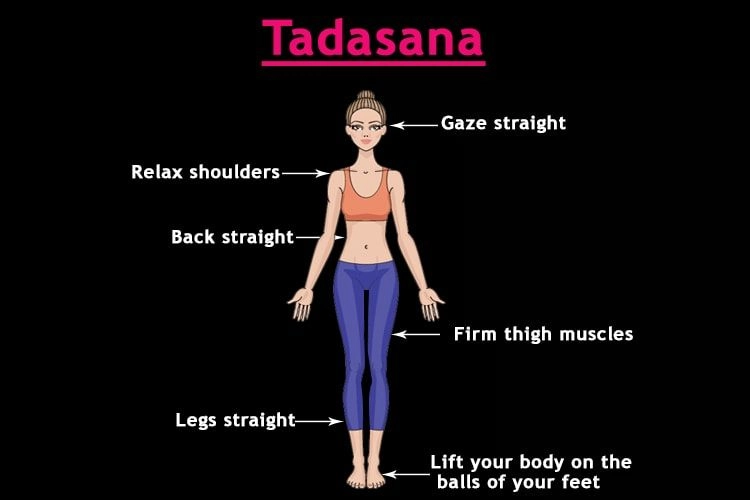
Urdhva Hastasana – For Full Body Stretching
Next, transition into Urdhva Hastasana, or Upward Salute. From Tadasana, inhale as you reach your arms out and up, interlacing your fingers and pointing your index fingers toward the ceiling.
Lengthen your torso, reaching your fingertips towards the sky, and engage your core muscles. As you gaze upward, feel the gentle stretch in your side body and upper arms. Take a few deep breaths here, allowing your breath to energize your body and calm your mind.
- Urdhva Hastasana stretches the entire body, from the feet to the fingertips.
- Urdhva Hastasana yoga pose extends and lengthens the upper body, torso, and arms.
- Urdhva Hastasana encourages deep, full breaths, expanding the chest and lungs.
- Urdhva Hastasana promotes blood circulation, invigorating the body for the day.
- Urdhva Hastasana calms the mind while releasing tension and upper body stiffness.

Warrior I – For Strengthening and Toning
Moving on, let’s transition into Warrior I. Step your right foot back, keeping your toes angled slightly outwards. Bend your left knee, stacking it directly over your left ankle, while grounding your right heel into the mat.
Inhale as you reach your arms overhead, palms facing each other. Feel the strength and stability in your front leg, while engaging your back leg and toes to support your posture. Take a few deep breaths, feeling your body strengthen and tone with each inhale and exhale.
- Warrior I yoga pose builds strength in the legs, arms, and upper body.
- Warrior I strengthens and tones the leg muscles, including hamstrings and quadriceps.
- Warrior I posture cultivates balance, stability, and mental focus.
- Warrior I yoga pose enhances body awareness, posture, and physical alignment.
- Warrior I stretches, strengthens, and tones the front body, arms, and shoulders.
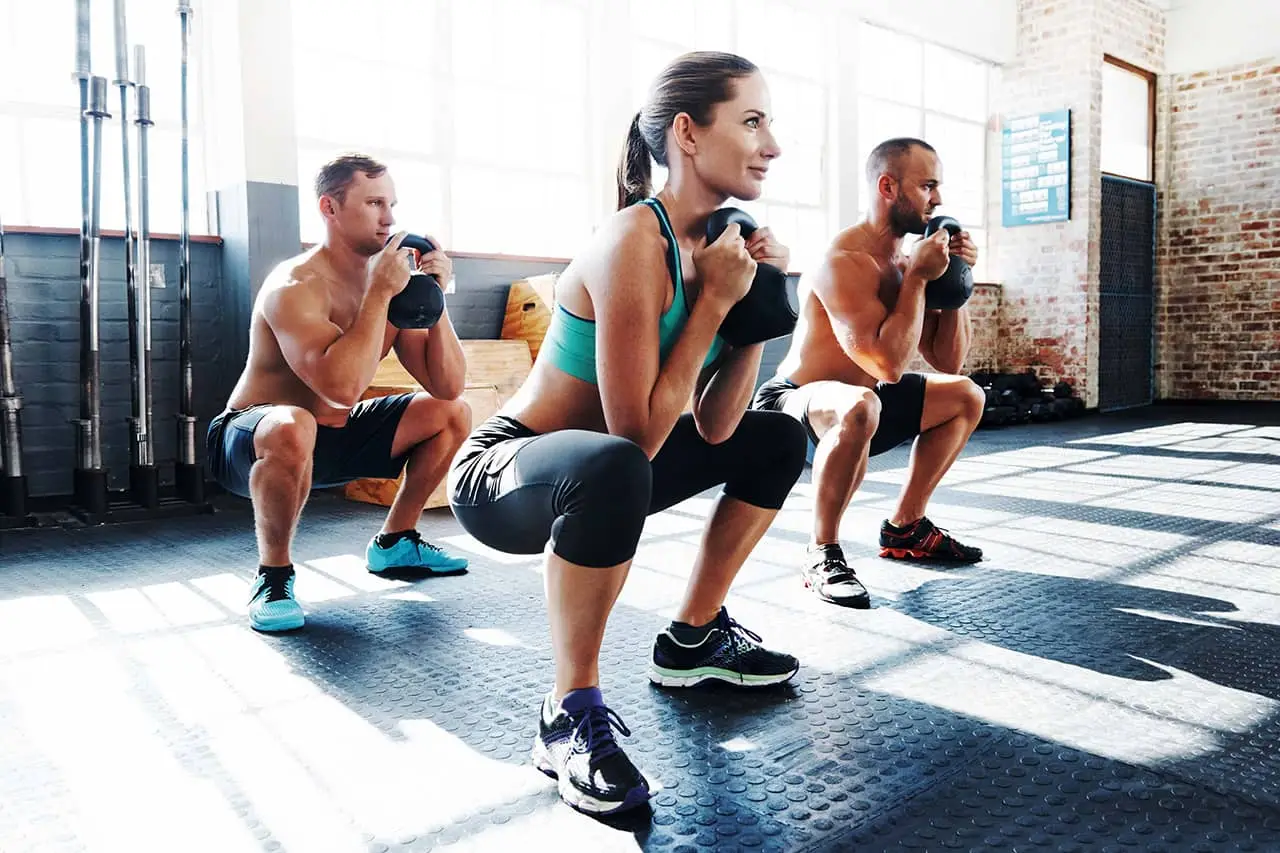
Warrior II – To Enhance Body Balance
From Warrior I, open your hips and arms out to the side, coming into Warrior II. Keep your left knee bent, your front foot pointing forward, and your back foot parallel to the back of your mat.
Extend your arms out to your sides, palms facing down, with your gaze over your left fingertips. Feel the balance and stability in your body, engaging your front knee, pelvis, and torso. Take a few deep breaths, finding your center and embracing the strength and balance of Warrior II.
- Warrior II yoga pose develops leg strength, balance, and stability.
- Warrior II posture engages the core, enhancing body balance and stability.
- Warrior II yoga pose stretches, strengthens, and tones the legs, arms, and torso.
- Warrior II enhances body awareness, focus, and a sense of groundedness.
- Warrior II yoga posture improves mental focus, stability, and physical endurance.

Triangle – For Stress Relief and Flexibility
Now, let’s move into Triangle Pose, or Trikonasana. Step your left foot back, keeping your toes pointing outwards, and your right foot pointing forward. Extend your arms out to your sides, parallel to the ground, with your palms facing down.
Lean your upper body to the right, bringing your right hand down to your right shin or a block, and your left arm reaching up towards the sky. Feel the deep side stretch in your torso, the stretch in your hamstrings, and the openness in your body. Take a few breaths here, releasing any tension and promoting relaxation.
- Triangle pose stretches, lengthens, and opens the side body, hips, and hamstrings.
- Triangle yoga pose relieves tension, stress, and stiffness in the body.
- Triangle posture supports digestion, posture, and abdominal strength.
- Triangle yoga pose enhances flexibility, mental clarity, and body alignment.
- Triangle pose provides a deep stretch, promoting relaxation and a sense of openness.
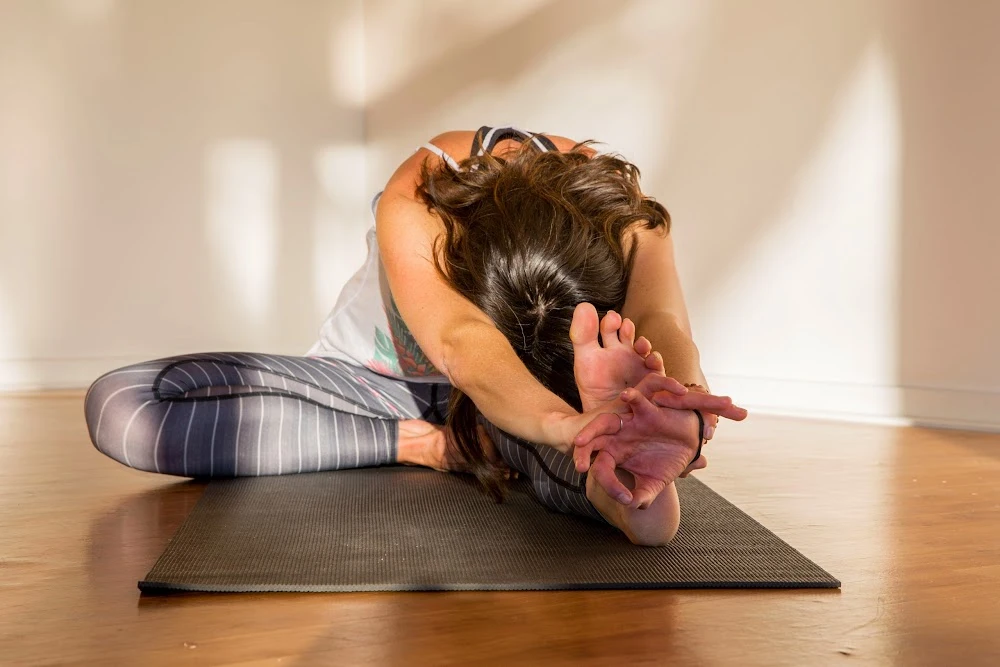
Taking Yoga a Step Further
Congratulations! You’ve completed an easy 10-minute morning yoga sequence that has already left your body feeling awake and refreshed. But if you’re ready to take your yoga practice to the next level, there are several more poses you can explore.
These advanced poses will challenge your body, deepen your practice, and provide even more benefits. Let’s explore a few of these poses and see how they can enhance your morning routine.
Extended Side Angle – For Opening the Chest and Hips
Extended Side Angle, or Utthita Parsvakonasana, is an invigorating pose that stretches and strengthens your body from head to toe. From a deep lunge position, sink your right hip down as you extend your right arm towards the front of your mat and your left arm towards the sky.Feel the opening in your chest, the twist in your torso, and the deep stretch in your hip. Take a few breaths here, feeling the energy flow through your body as you find balance and stability.
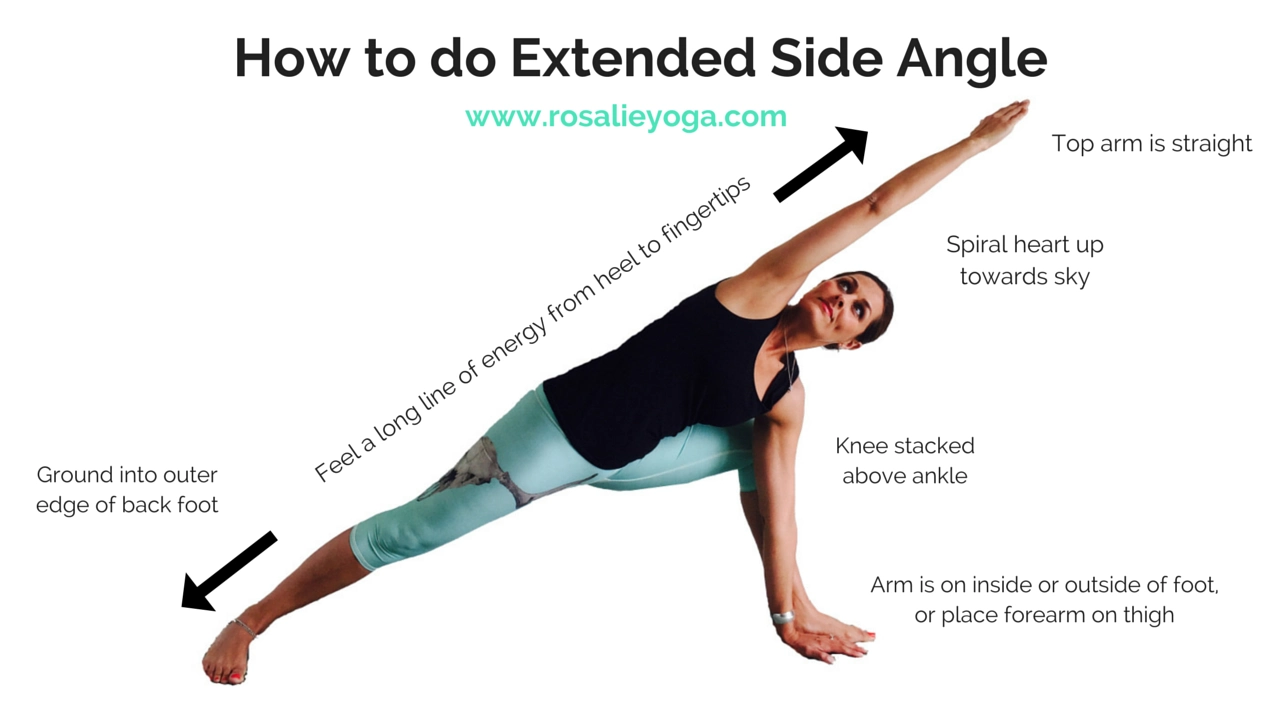
- Strengthens your legs, right side of your torso, and left arm.
- Stretches your left side body, right foot, and right leg.
- Engages your abdominals, right hand, and upper body, improving posture.
- Helps in deep breathing, enhancing your yoga routine, and morning practice.
- Prepares your body for the day, promoting digestion, and energizing you.
Downward Dog – For Energizing the Body
One of the most well-known yoga poses, Downward Dog, or Adho Mukha Svanasana, is a rejuvenating pose that energizes your entire body. From a tabletop position, lift your hips up and back, creating an inverted V-shape with your body.
Press your hands firmly into the mat, relax your neck, and let your head hang freely. Feel the stretch in your shoulders, upper body, and hamstrings, as your body becomes energized and invigorated. Take a few deep breaths here, feeling the power of this pose flow through your body.
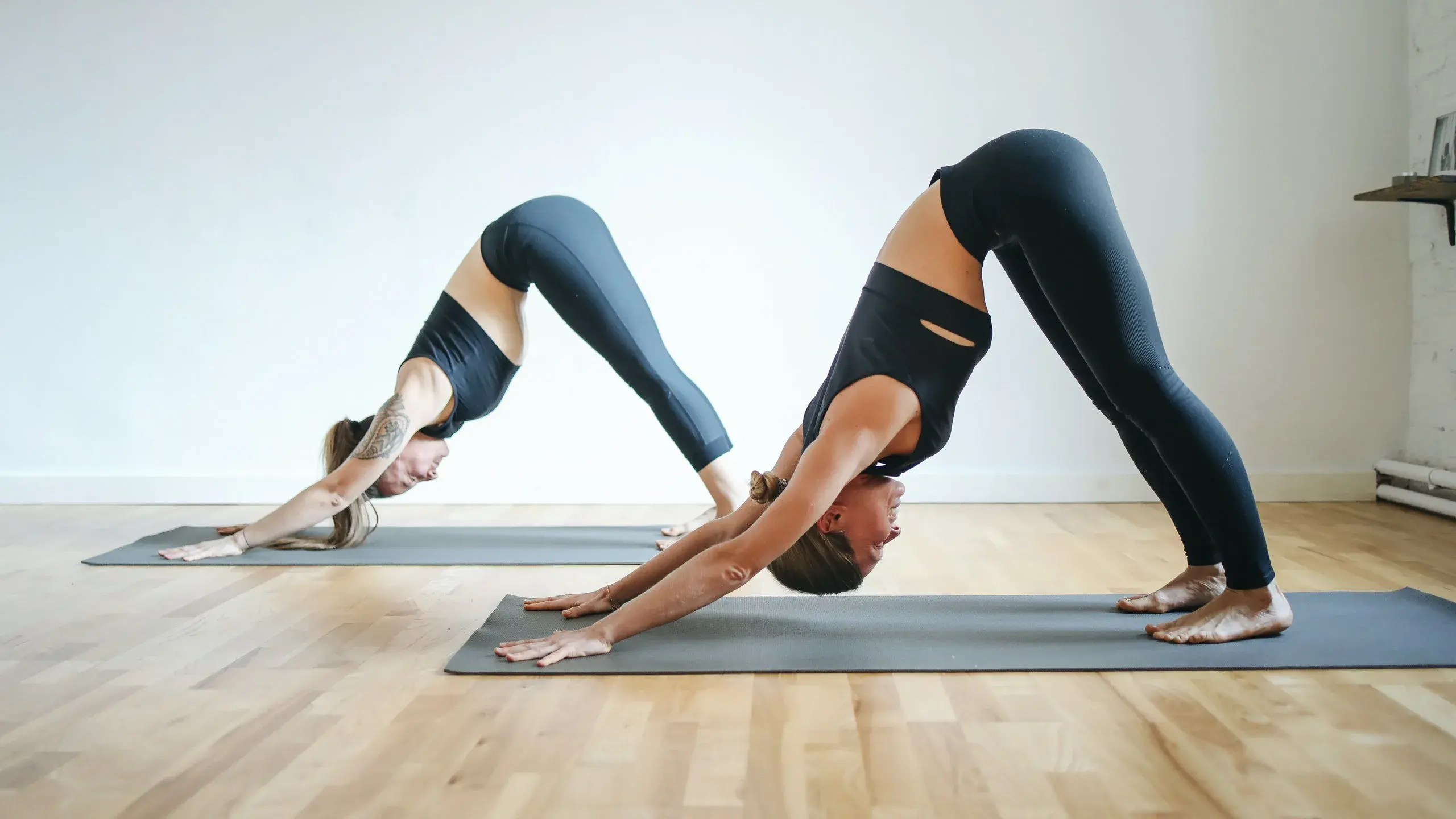
- Lengthens your spine, hamstrings, and back knee, relieving low back tension.
- Strengthens your arms, upper body, and front leg, providing stability.
- Improves circulation, energizes your body, and focuses your mind.
- Encourages deep breaths, helping in meditation, and morning routine.
- Stretches your back, shoulder blades, and back toes, promoting flexibility.
Forearm Plank – For Core Stability
Forearm Plank, or Phalakasana, is a challenging pose that targets your core muscles, helping to build strength and stability throughout your body. Begin in a plank pose position, then lower your forearms down to the mat, shoulder-width apart.
Engage your abdominals, lift your body off the mat, and find balance on your forearms and toes. Be sure to maintain a straight line from your head to your heels, engaging your core muscles throughout the pose. Take a few breaths here, feeling your body remain strong and stable.
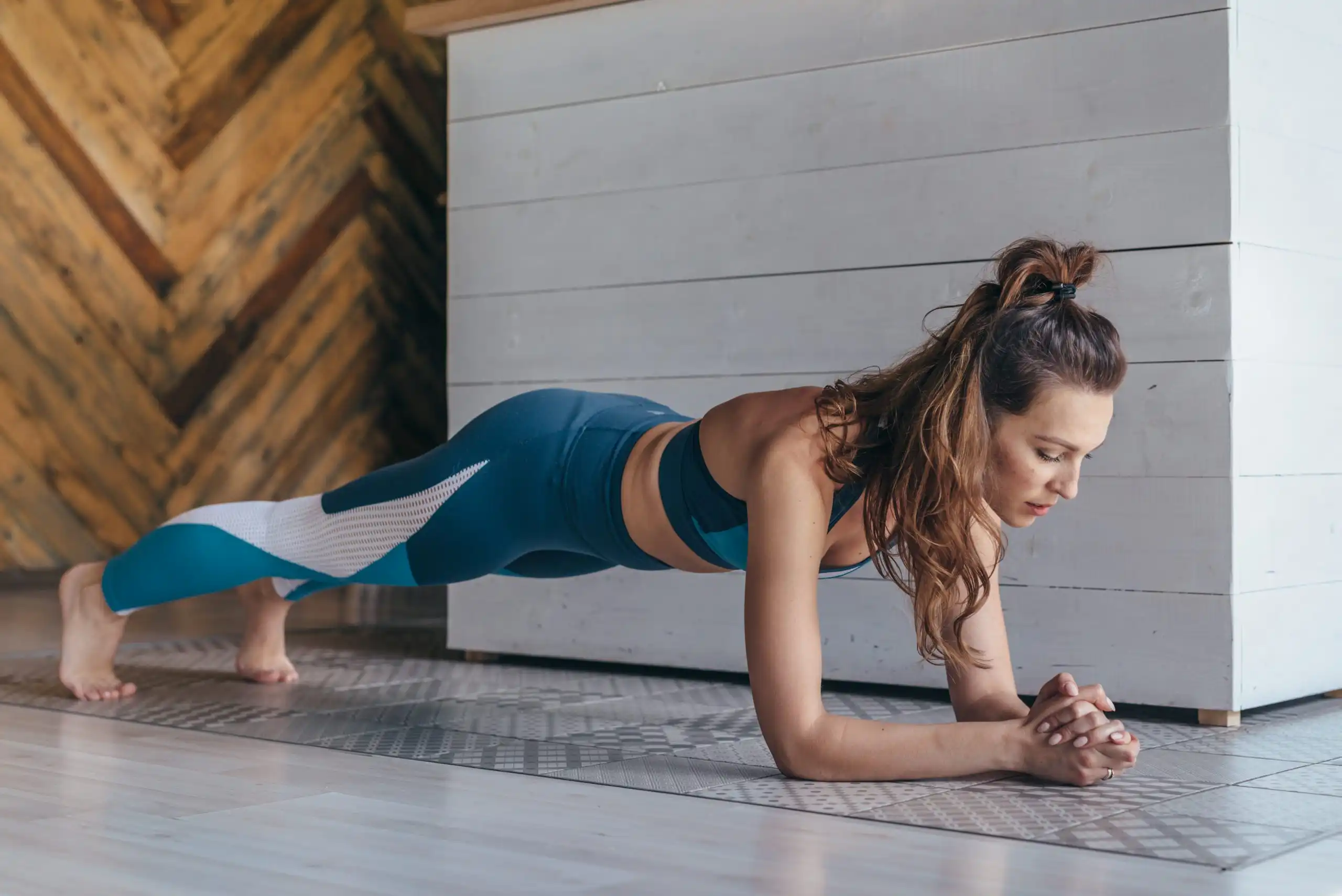
- Engages your forearms, pelvis, and upper arms, building upper body strength.
- Strengthens your abdominals, tabletop, and rest of your body, improving posture.
- Stabilizes your torso, pelvis, and upper body, enhancing balance.
- Tones your body, improves digestion, and enhances your yoga practice.
- Gradually increases your plank time, challenging your body, and building endurance.
Baby Cobra – For Spine Flexibility
Baby Cobra, or Bhujangasana, is a gentle backbend that gently stretches and strengthens your spine, back muscles, and abdominals. Lie on your belly, placing your hands underneath your shoulders, fingers spread wide.
As you inhale, press into your hands, lifting your chest and upper body off the mat. Keep your pelvis grounded, engaging your back muscles, as you lift your gaze towards the sky. Take a few breaths here, feeling your spine gently extend and your body become more flexible.

- Opens your chest, front knee, and front foot, releasing tension in your body.
- Stretches your low back, pelvis, and hamstrings, improving flexibility.
- Strengthens your upper body, upper arms, and back knee, promoting posture.
- Provides deep breaths, calming your mind, and promoting relaxation.
- Improves your posture, strengthens your back, and enhances your morning routine.
Child’s Pose – For Relaxation and Calm
After a challenging yoga practice, it’s important to give your body time to rest and recover. That’s where Child’s Pose, or Balasana, comes in. Kneel on your mat, then sit back on your heels, lowering your torso to rest on your thighs. Extend your arms forward or rest them by your sides, finding a position that feels comfortable and relaxing for you.
Take a few deep breaths, allowing your body to relax, your mind to calm, and any tension to melt away. Child’s Pose is the perfect way to end your morning yoga practice, leaving you feeling nurtured and at peace.
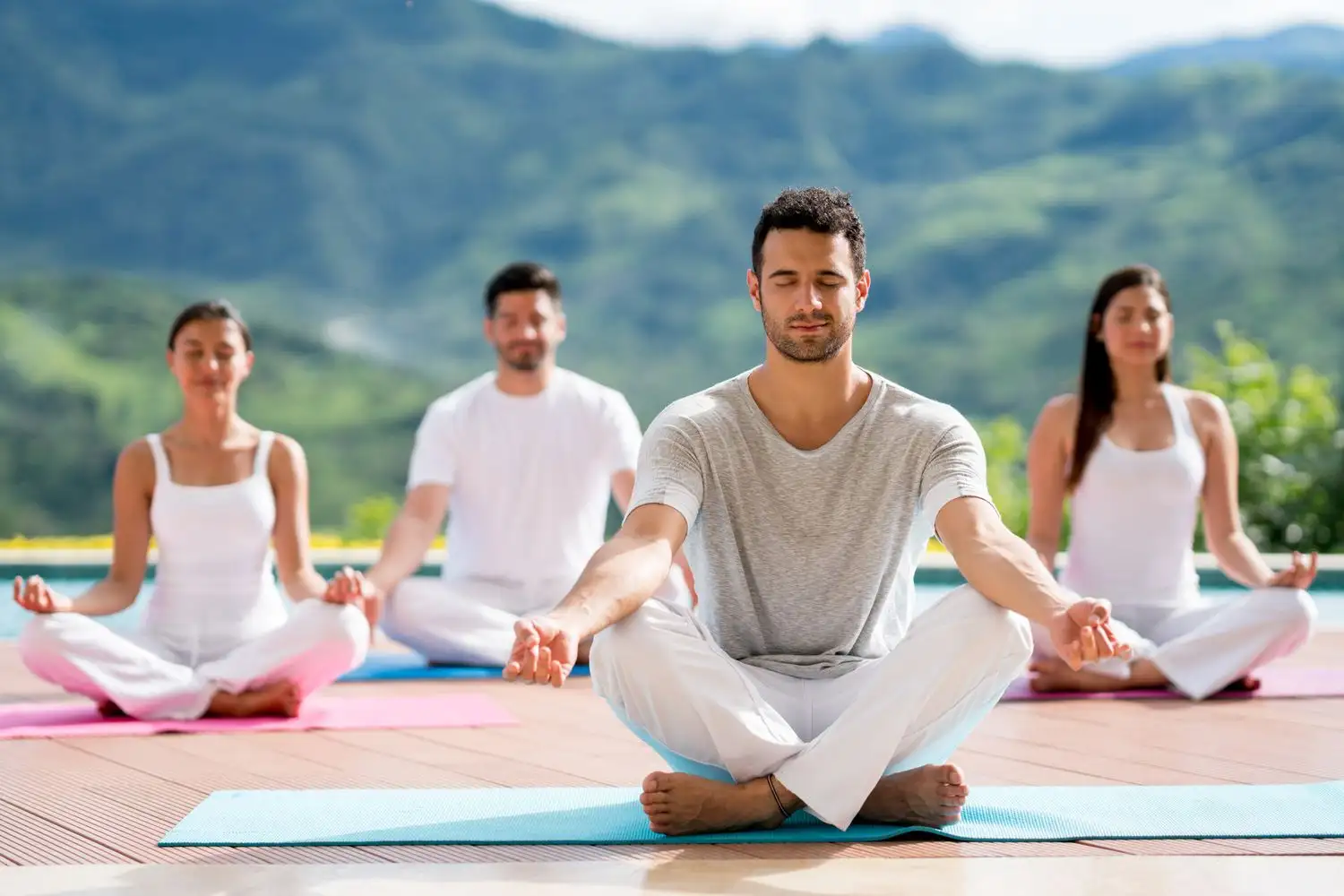
- Relaxes your body, left arm, and left side, easing any tension in your body.
- Stretches your back, shoulder blades, and upper body, promoting flexibility.
- Balances your breath, calms your mind, and prepares you for meditation.
- Releases stress, promotes digestion, and relaxes your body and mind.
- Relieves back pain, stretches your front leg, and enhances your yoga practice.
Enhancing Your Yoga Practice with Breathing Techniques
Breathing is an essential aspect of yoga practice, helping to synchronize movement, calm the mind, and connect with your body. By incorporating specific breathing techniques, or pranayama, into your morning yoga practice, you can further enhance your experience and reap even more benefits.
Let’s explore the importance of correct breathing in yoga and introduce some simple breathing exercises for beginners to get you started.
Importance of Correct Breathing in Yoga
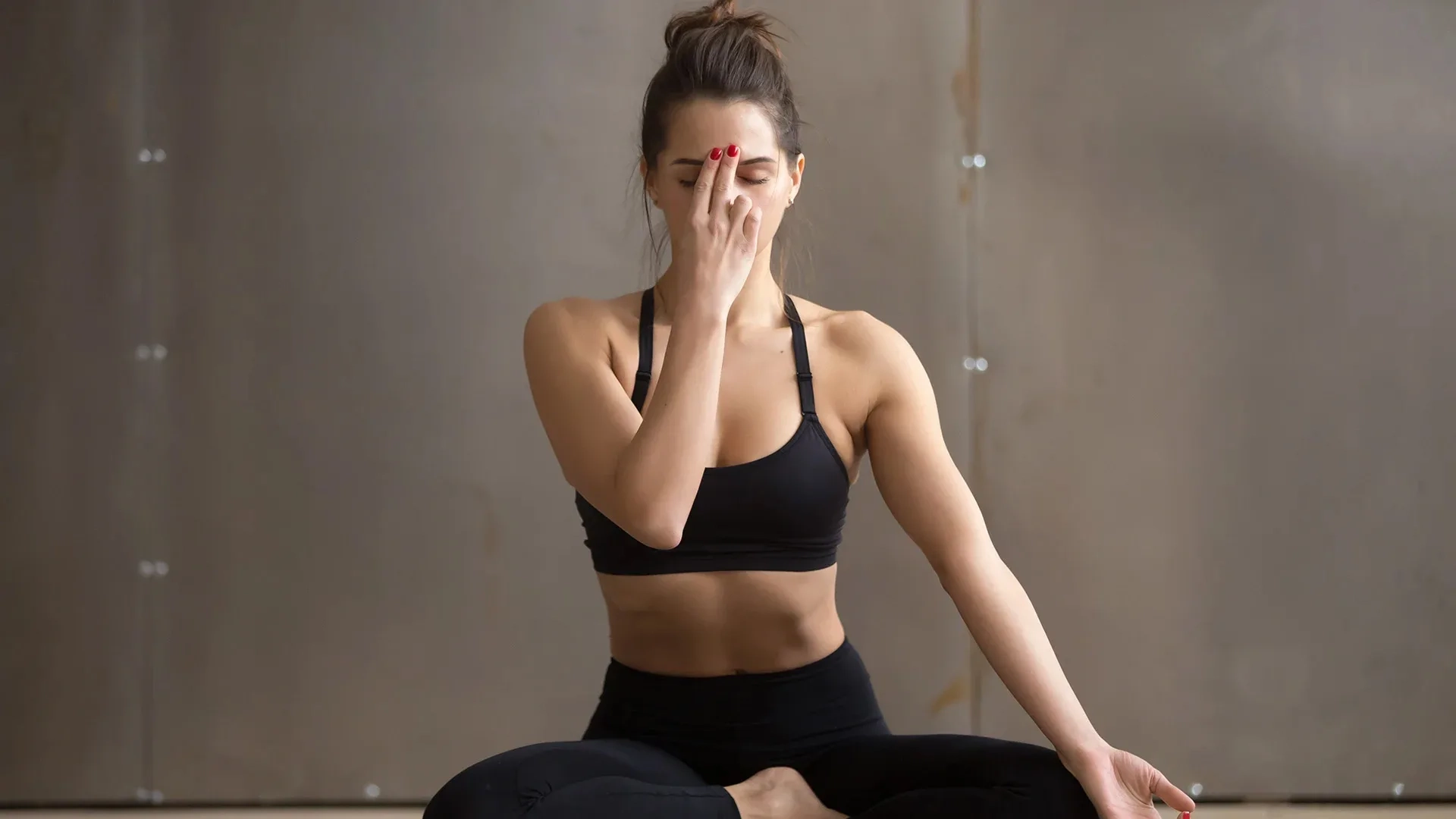
Correct breathing, often referred to as breathwork or pranayama, plays a crucial role in yoga practice. In addition to providing oxygen to our bodies, proper breathing can help calm the mind, reduce stress levels, and improve lung capacity.
When we breathe deeply and consciously, we activate the body’s relaxation response, enhancing our overall well-being. Developing an awareness of our breath while practicing yoga allows us to flow through each pose with grace, find deeper relaxation, and achieve a more balanced state of mind.
Simple Breathing Exercises for Beginners
If you’re new to pranayama, there are several simple breathing exercises you can incorporate into your morning yoga routine.
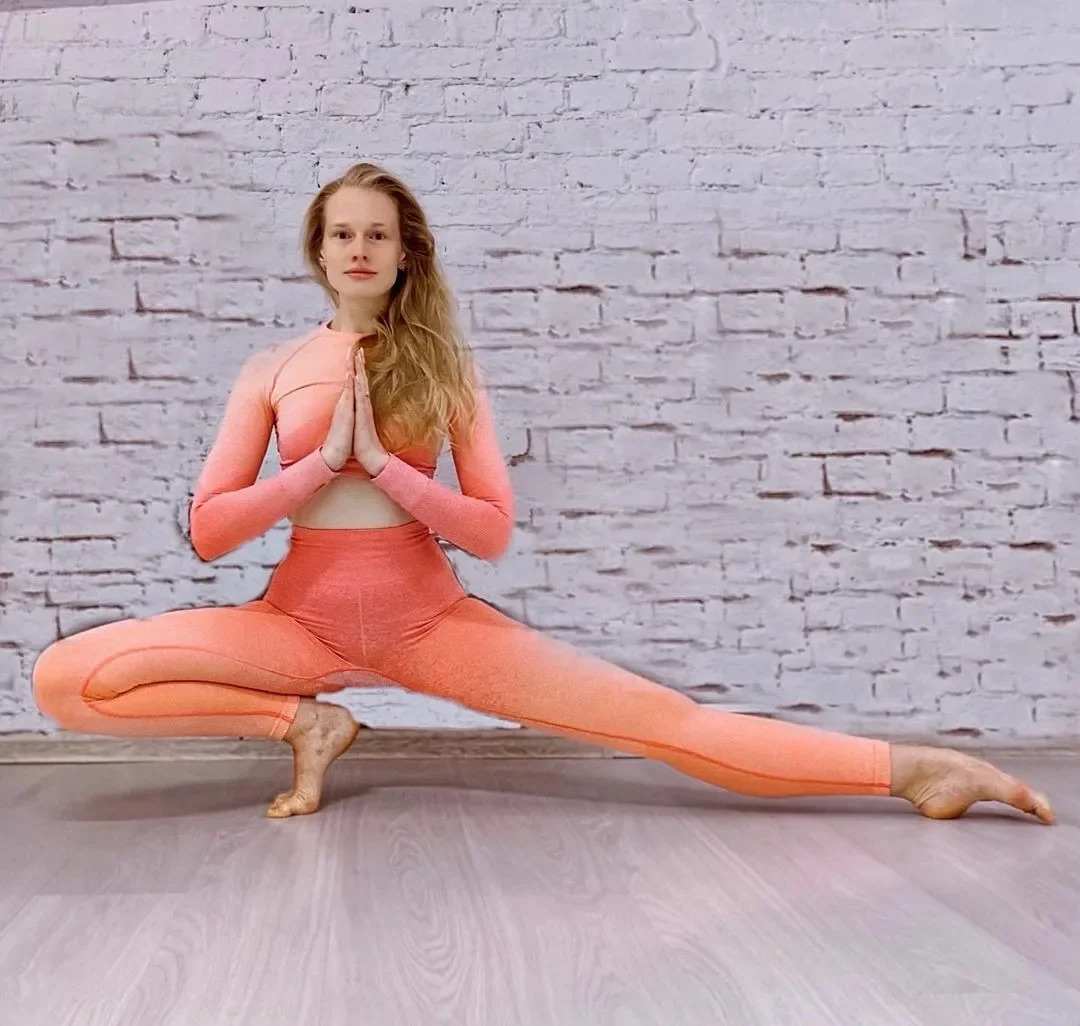
These exercises can help regulate your breath, calm your mind, and increase your body’s oxygen intake. Here are a few beginner-friendly breathing exercises to get you started:
- Understand the importance of breathing exercises in yoga and how it impacts overall health.
- Start with basic breathing exercises such as belly breathing, alternate nostril breathing, and deep breathing.
- Focus on mindfulness and relaxation while practicing these exercises.
- Consistency is key to seeing the benefits of breathing exercises.
- Gradually progress to more advanced breathing exercises as your practice improves.
Adapting Yoga for Different Needs
One of the beautiful aspects of yoga is that it can be adapted to meet the needs of each individual practitioner.
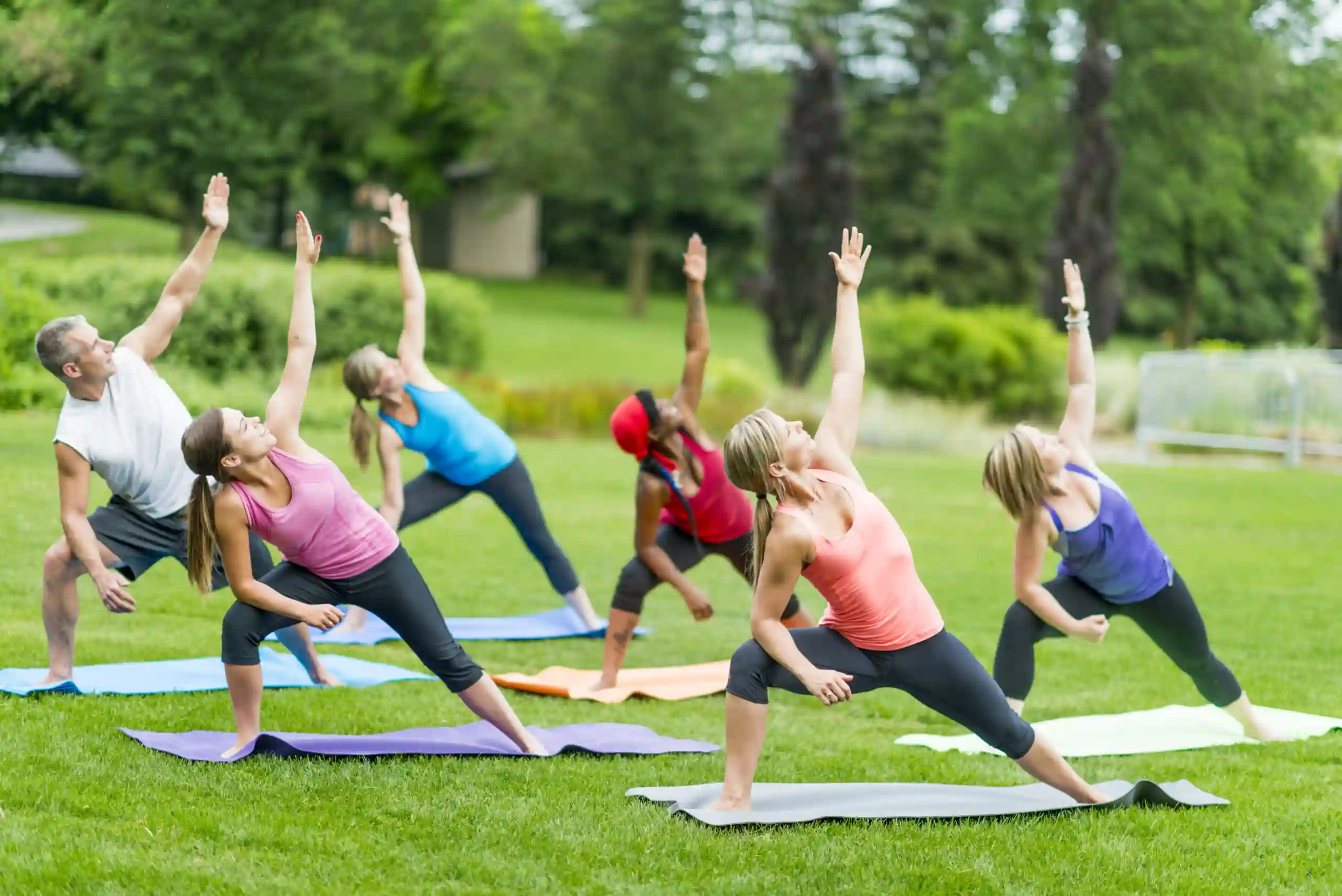
Whether you have specific flexibility issues or require modifications due to injuries, yoga can still be accessible and beneficial for you. By modifying poses and utilizing props, you can make yoga practice work for your body. Let’s explore how to modify poses for flexibility issues and how props can enhance your practice.
Modifying Poses for Flexibility Issues
If you find certain yoga poses challenging due to flexibility issues, there’s no need to worry. Yoga is a practice of meeting yourself where you are and working with your body’s unique needs. By making simple modifications, you can still experience the benefits of each pose.
For example, if your hamstrings are tight, you can use blocks or a folded blanket to support your hands in forward folds.
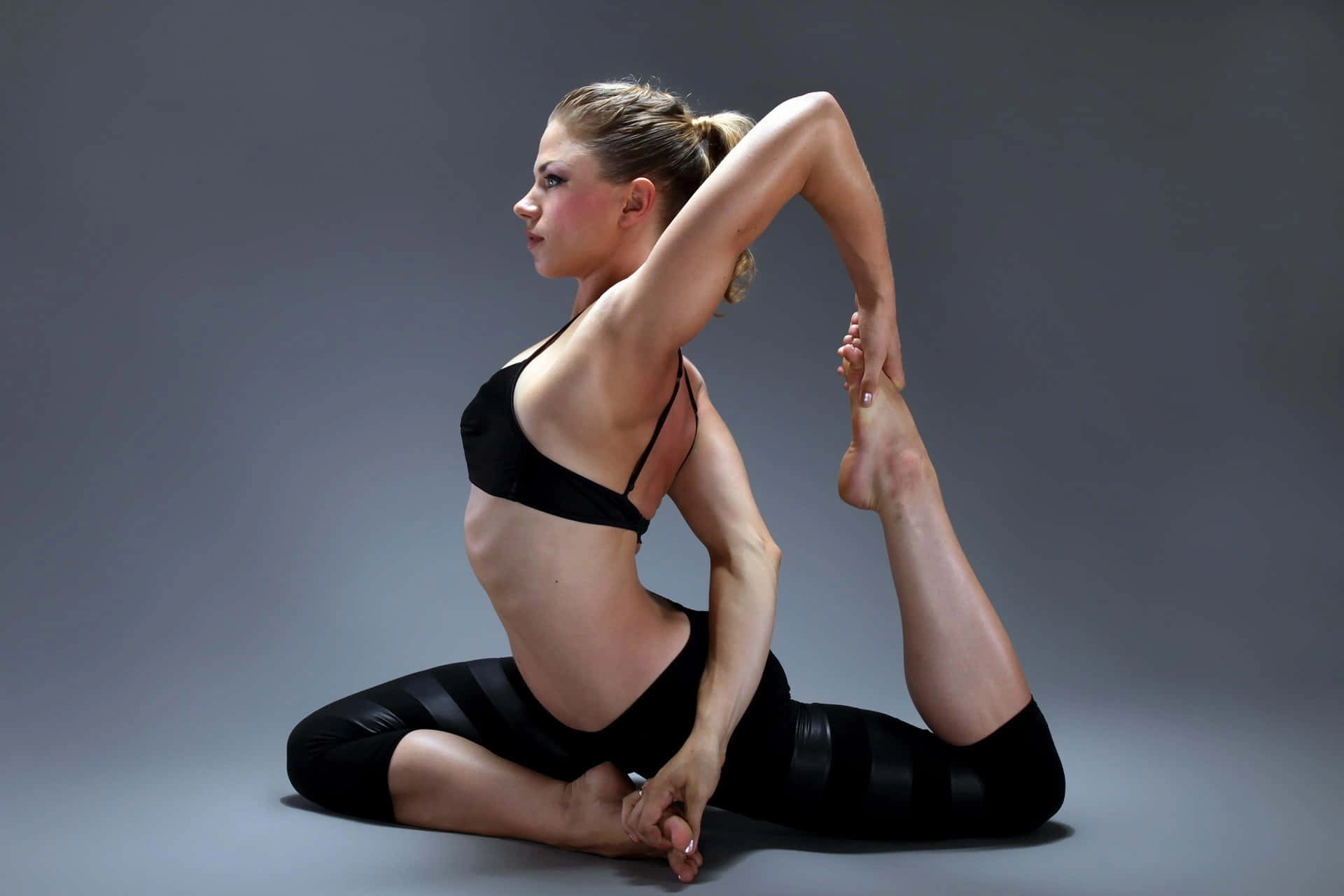
By utilizing props and focusing on proper alignment, you can gradually increase your flexibility and find greater ease in your yoga practice.
Using Props to Enhance Your Practice
Props can be valuable tools in enhancing your yoga practice, providing support, and deepening your stretches. Here are a few examples of how props can be used:
- Props like blocks and straps can help deepen your yoga stretches.
- Using a bolster or folded blankets can provide support and comfort during seated poses or restorative yoga.
- Incorporating a stool or tabletop can aid in cultivating a stable yoga practice, especially for standing poses.
Maintaining Consistency in Your Morning Yoga Routine
Establishing a consistent morning yoga routine can provide numerous benefits, from improved physical health to increased mental clarity.
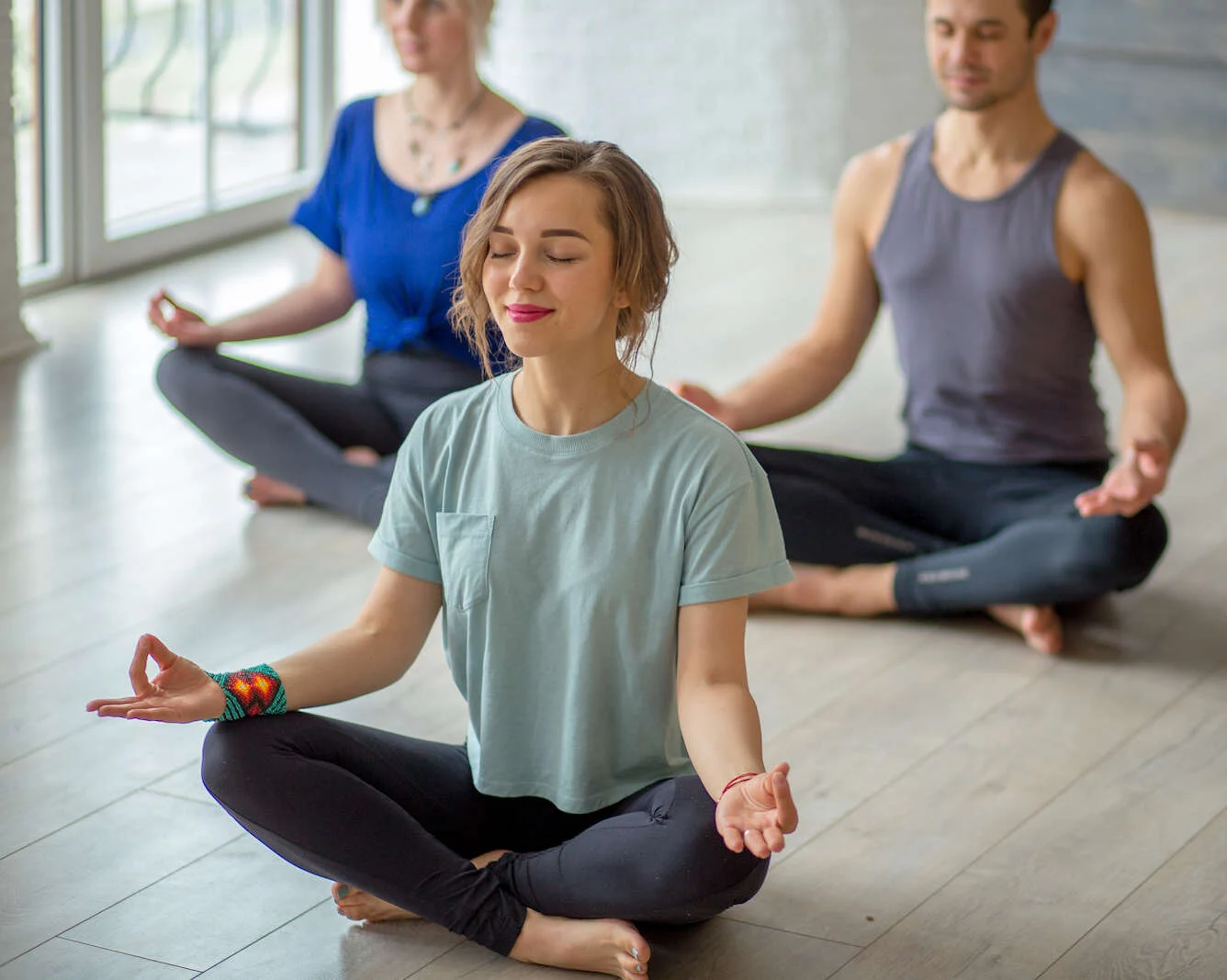
By incorporating yoga into your daily routine, you create a positive habit that can transform your overall well-being. Let’s explore some tips on developing a regular yoga habit and tracking your progress along your yoga journey.
Tips for Developing a Regular Yoga Habit
- Establish a dedicated practice time that works best for your schedule.
- Create a sacred space for your yoga practice, free from distractions.
- Challenge yourself to practice yoga at least a few times per week, gradually increasing your practice duration.
- Use a yoga journal or an app to track your progress, goals, and any insights or reflections from your practice.
- Celebrate your milestones and be kind to yourself during your yoga journey, embracing both your progress and your challenges.
Tracking Progress in Your Yoga Journey
Tracking your progress in your yoga journey helps you see how far you’ve come and provides motivation to continue your practice.

Consider keeping a yoga journal where you can document your daily practice, note any changes you notice in your body, and reflect on your growth. Celebrate your milestones, both big and small, and use them as a reminder of your commitment to self-care and personal development. By tracking your progress, you’ll be able to observe your growth, stay accountable, and cultivate a deeper connection with your yoga practice.
How Has Morning Yoga Changed Your Life?
Morning yoga practice can be a truly life-changing habit, impacting more than just your physical health. It can transform your mindset, positively affect your relationships, and provide a sense of calm and contentment. But don’t just take our word for it – let’s hear from others who have experienced the power of morning yoga.
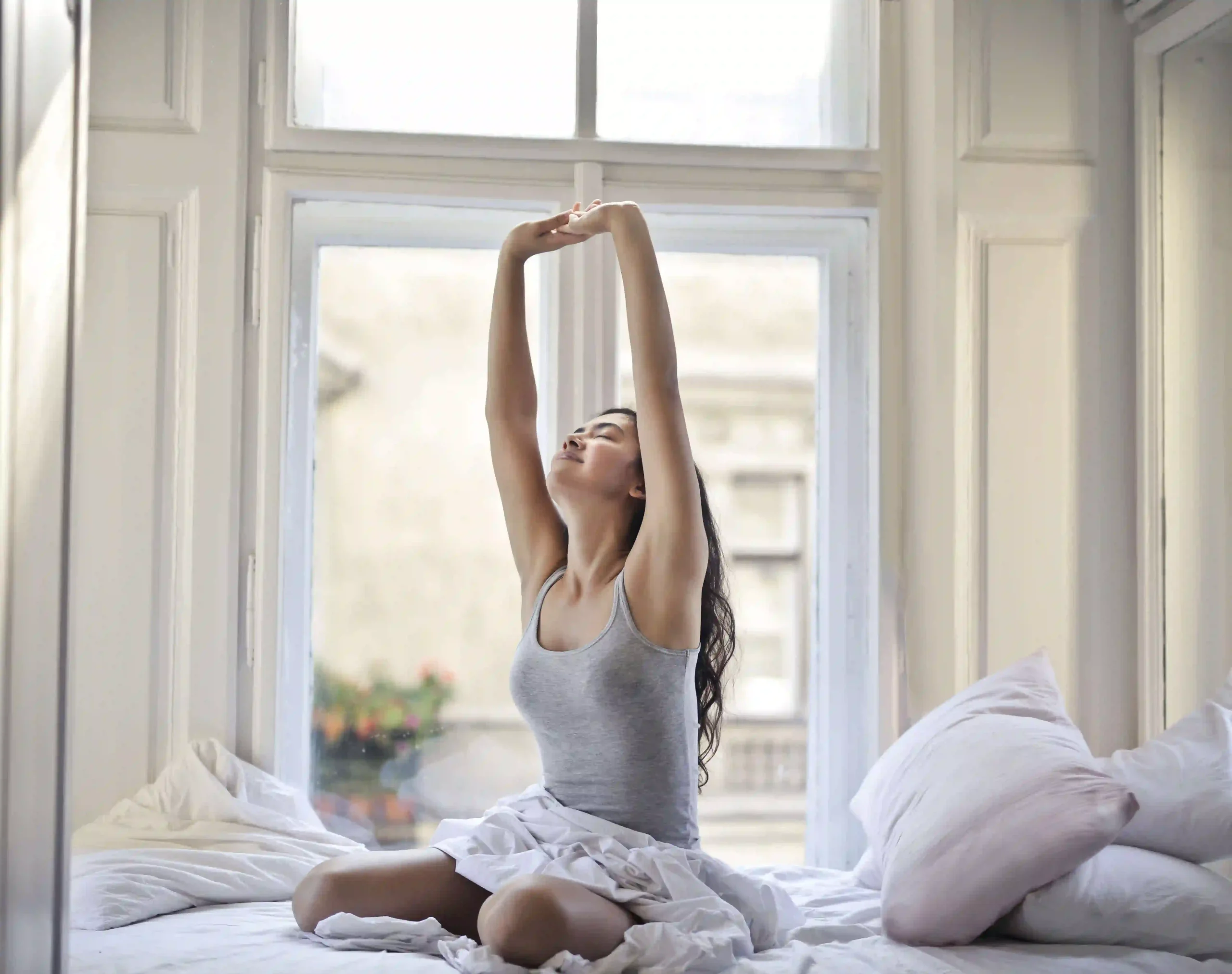
Here are a few testimonials and personal stories of individuals whose lives have been transformed by their morning yoga routine.
Conclusion
In conclusion, incorporating a 10-minute morning yoga routine can have a profound impact on your physical and mental well-being. By starting your day with yoga, you are setting a positive tone for the rest of the day, enhancing your energy levels, and improving your overall mood. The benefits of morning yoga extend beyond the physical aspects. It helps to calm your mind, reduce stress, and increase mindfulness. Whether you are a beginner or an experienced yogi, the simple sequence provided in this blog can be easily followed and adapted to your needs. Remember to listen to your body, practice correct breathing techniques, and stay consistent in your yoga journey. So why wait? Start your day off right by refreshing your body and mind with a revitalizing morning yoga practice.
Read More:








Comments